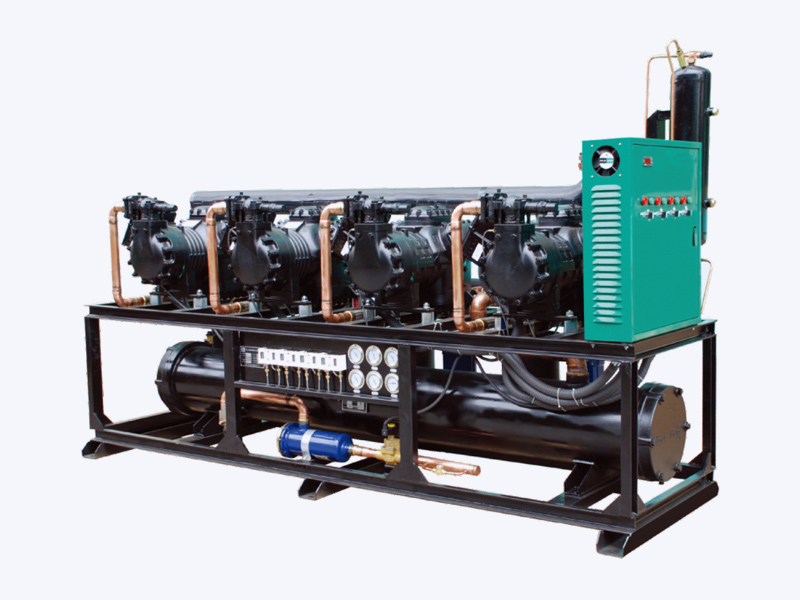The cooling capacity of a semi-hermetic compressor is fundamentally influenced by the thermodynamic properties of the refrigerant being used. These properties include the refrigerant's boiling point, specific heat capacity, latent heat of vaporization, and pressure-temperature characteristics. For instance, refrigerants with lower boiling points can absorb more heat at a lower temperature, enhancing the cooling effect. Conversely, refrigerants with higher specific heat capacities can transfer more energy, thus impacting the overall cooling capacity of the system. The intrinsic properties of the refrigerant determine the amount of heat absorbed during evaporation and released during condensation, which directly influences the compressor's cooling capacity.
The relationship between pressure and temperature for a given refrigerant significantly impacts the compressor's cooling performance. Different refrigerants operate optimally at different pressures to achieve desired cooling effects. A refrigerant that requires a higher operating pressure may result in increased energy consumption but potentially higher cooling capacity, depending on the compressor design. Conversely, refrigerants operating at lower pressures might be more energy-efficient but could result in lower cooling capacities if the compressor is not optimized for those conditions. The compressor’s design must be compatible with the pressure-temperature characteristics of the refrigerant to maintain efficient and effective operation.
Volumetric efficiency refers to the ratio of the actual volume of refrigerant pumped by the compressor to the theoretical volume it could pump. This efficiency is affected by the molecular size and density of the refrigerant. Compressors are typically designed with a specific refrigerant in mind, and when a different refrigerant is used, the change in density and molecular structure can lead to variations in how much refrigerant is moved per cycle. A refrigerant with a lower density may reduce the volumetric efficiency, thereby decreasing the cooling capacity. On the other hand, a refrigerant with higher density may improve volumetric efficiency, provided the compressor is capable of handling the associated pressures and temperatures.
Cooling efficiency is a measure of how effectively a refrigerant can transfer heat within the refrigeration system. Refrigerants with better heat transfer properties can more efficiently absorb and release heat during the refrigeration cycle. This efficiency is influenced by factors such as the thermal conductivity and specific heat of the refrigerant. A refrigerant with high thermal conductivity and specific heat can enhance the heat exchange process, leading to a higher cooling capacity. Conversely, if a refrigerant has poor heat transfer properties, the cooling capacity of the compressor may be reduced, even if the system is otherwise well-designed.
The compression ratio is the ratio of the discharge pressure to the suction pressure within the compressor. This ratio is crucial because it determines the work the compressor must do to compress the refrigerant from its low-pressure, low-temperature state to a high-pressure, high-temperature state. Different refrigerants require different compression ratios to achieve the same cooling effect. A higher compression ratio often indicates more work and energy input, potentially increasing cooling capacity but at the cost of efficiency and increased wear on the compressor. A refrigerant that operates efficiently at a lower compression ratio may provide a balanced performance with lower energy consumption, but this is highly dependent on the specific application and compressor design.
Semi-Hermetic Compressor Parallel Condensing Unit


 English
English عربى
عربى 简体中文
简体中文










.jpg?imageView2/2/w/300/h/300/format/webp/q/75)

